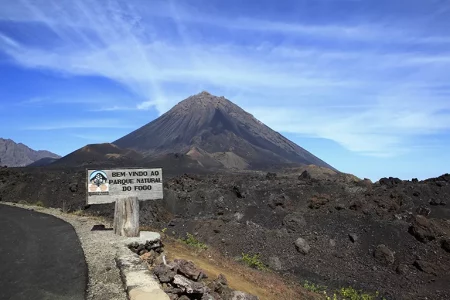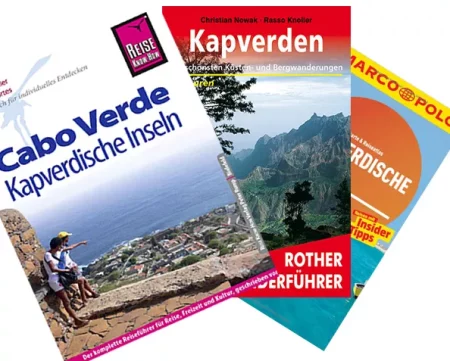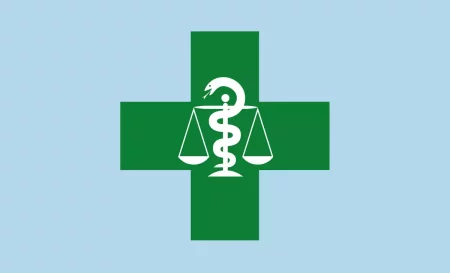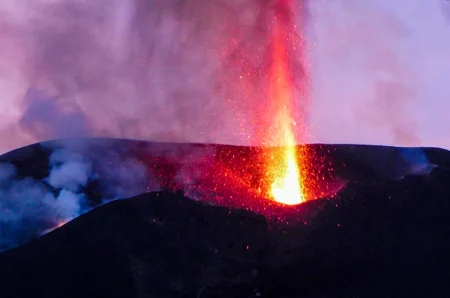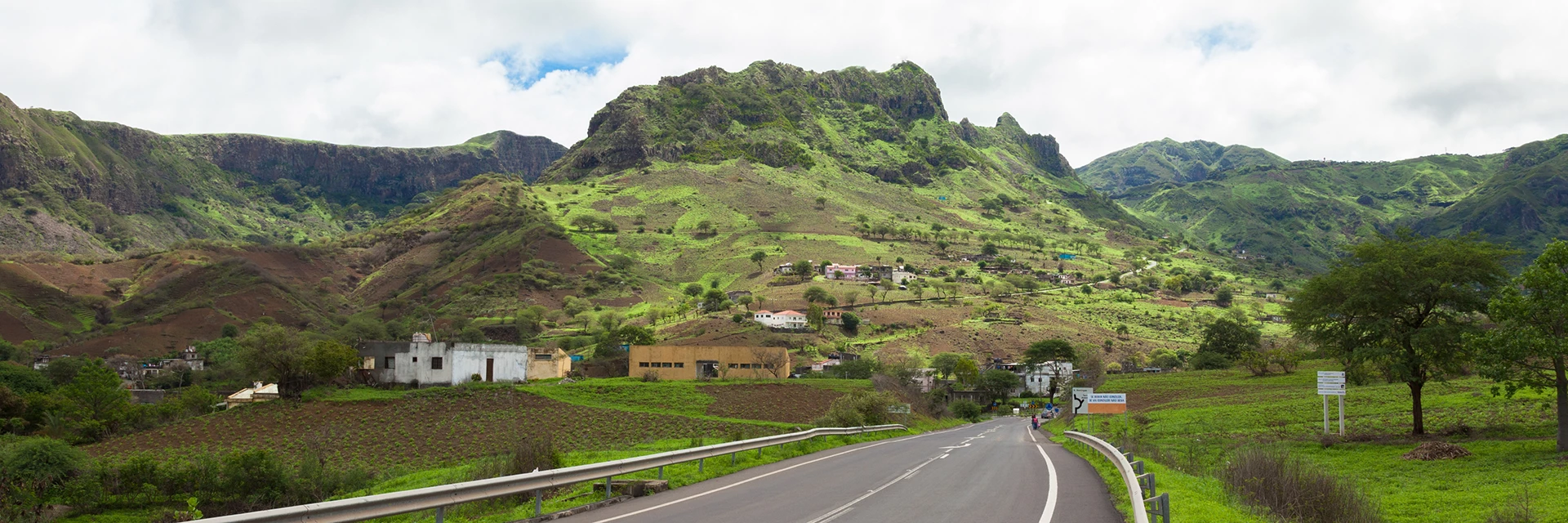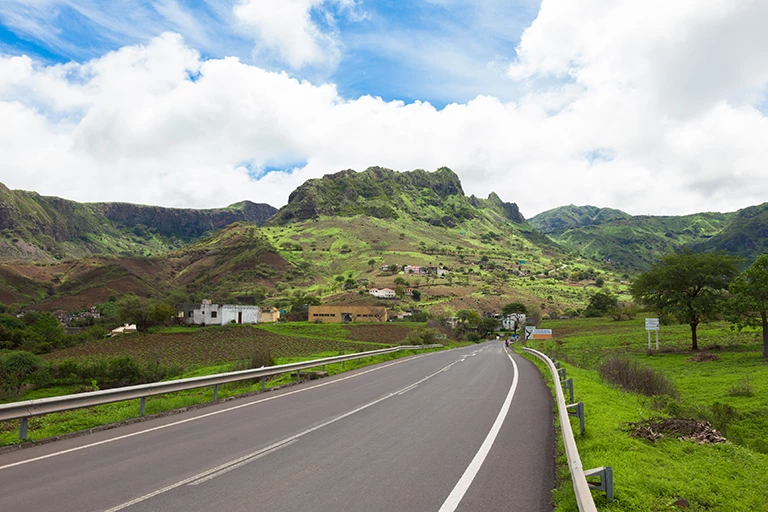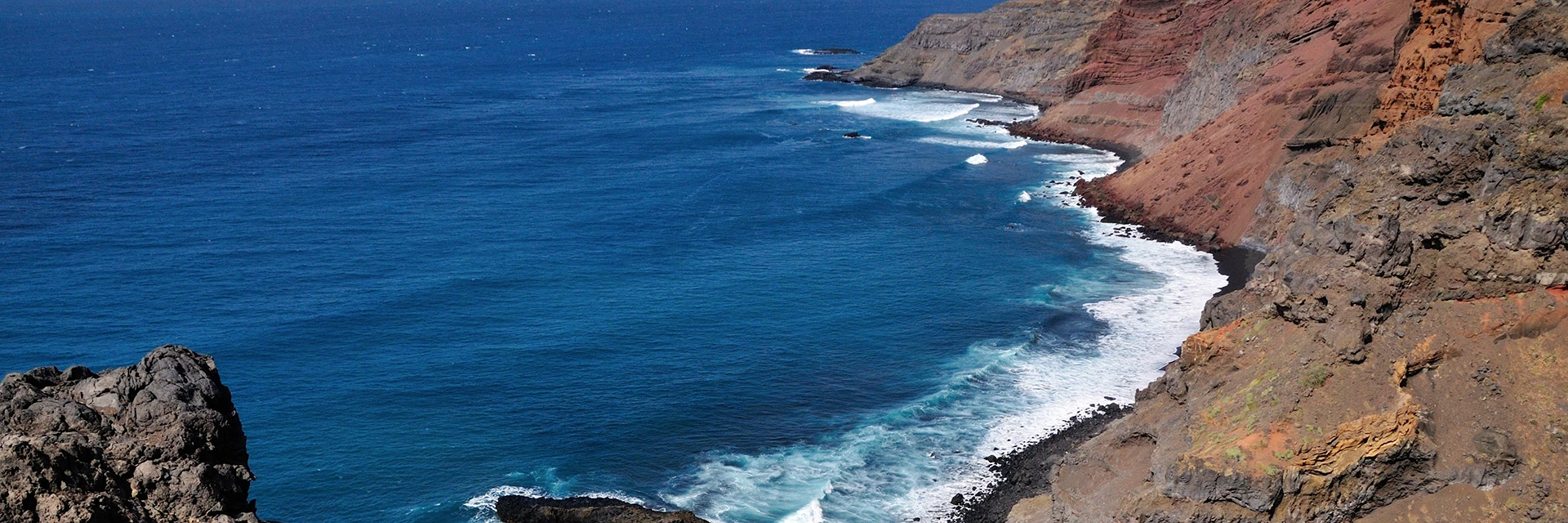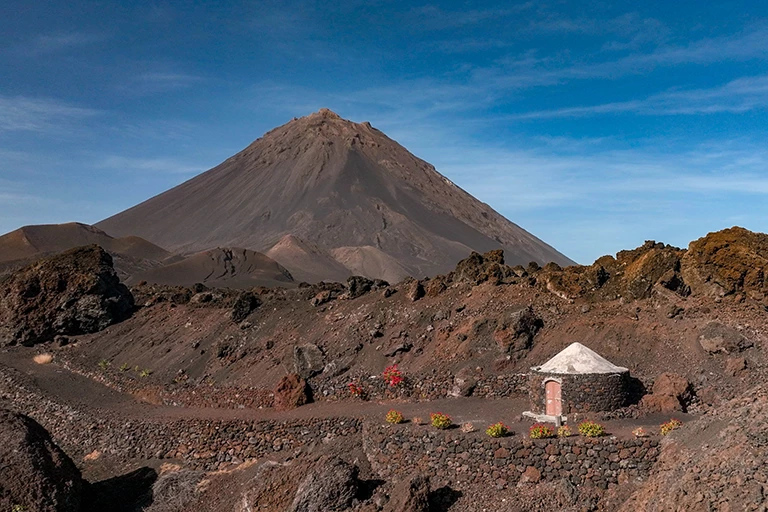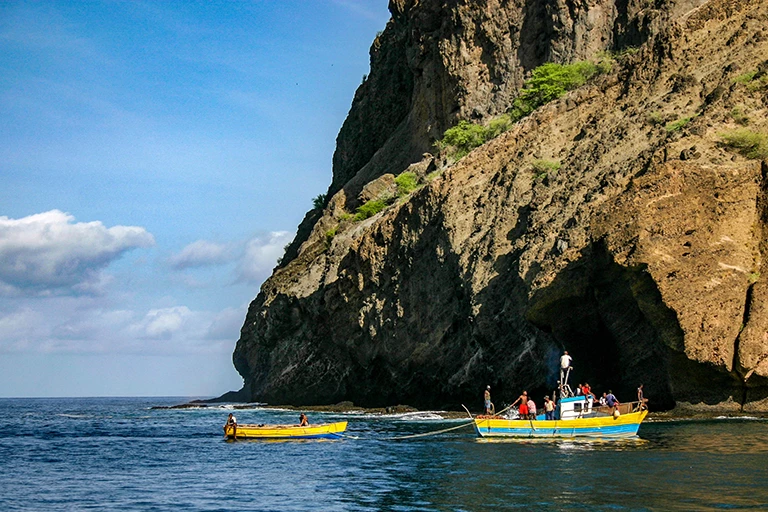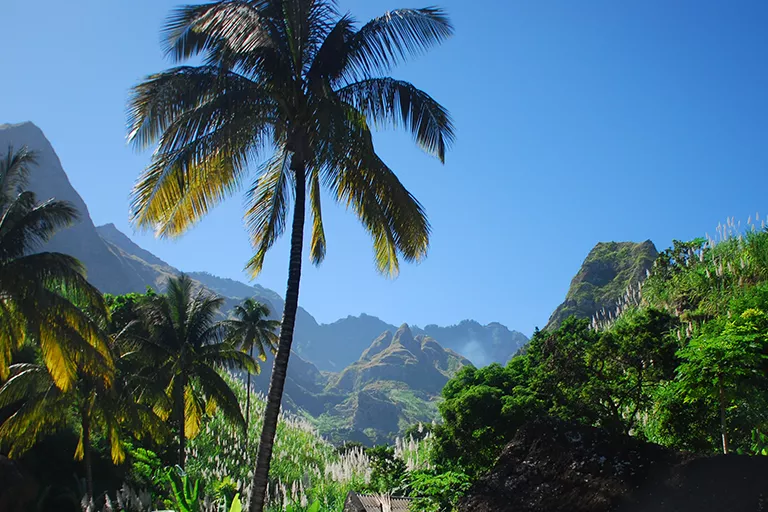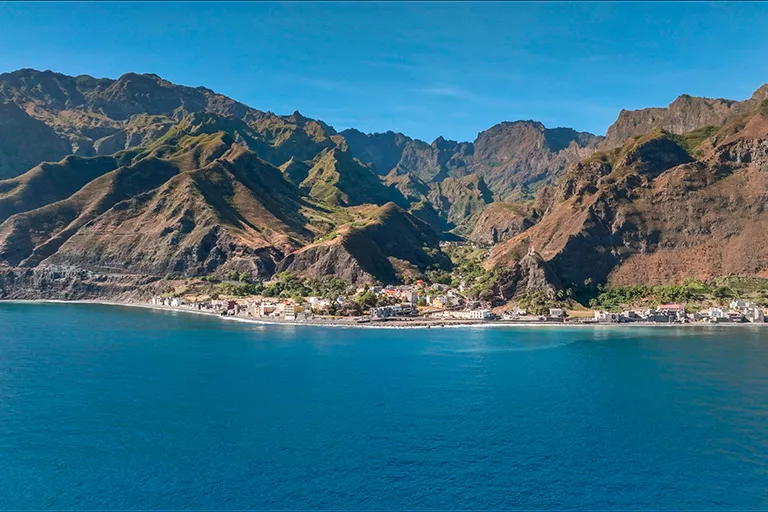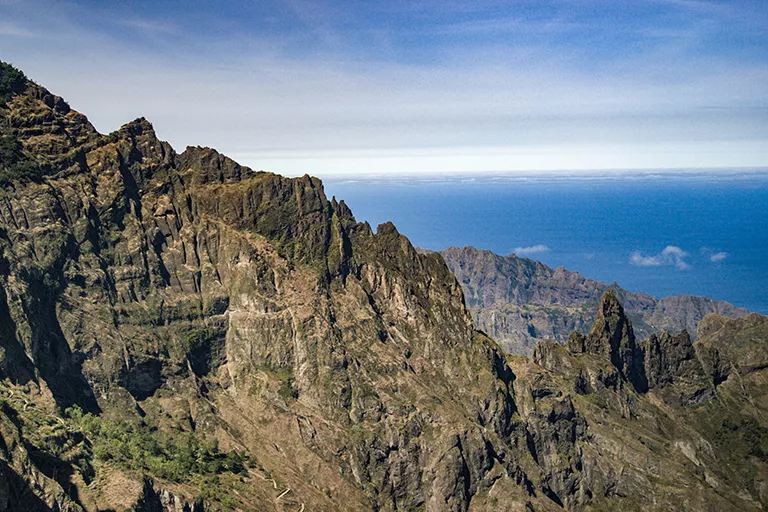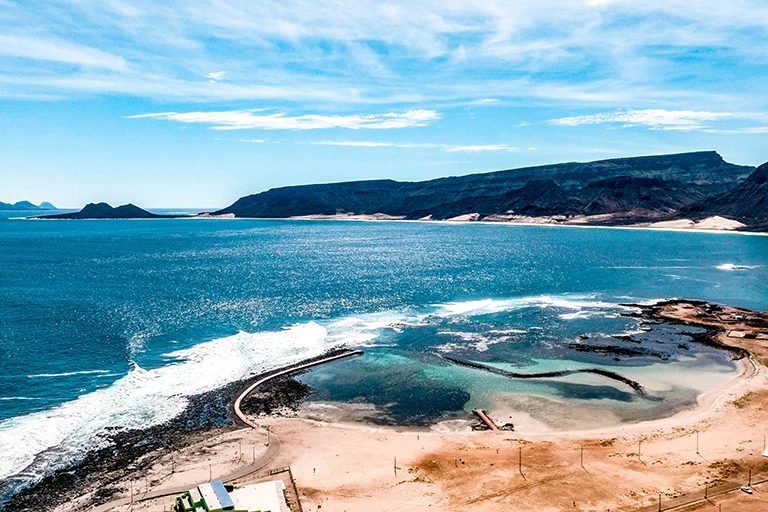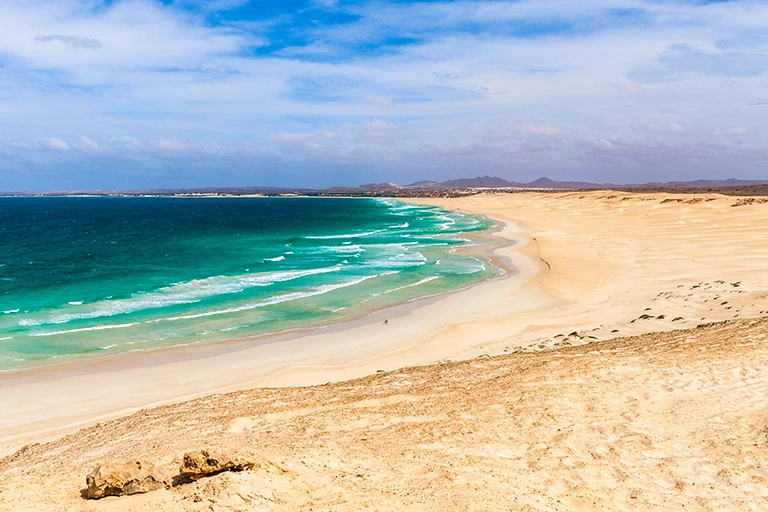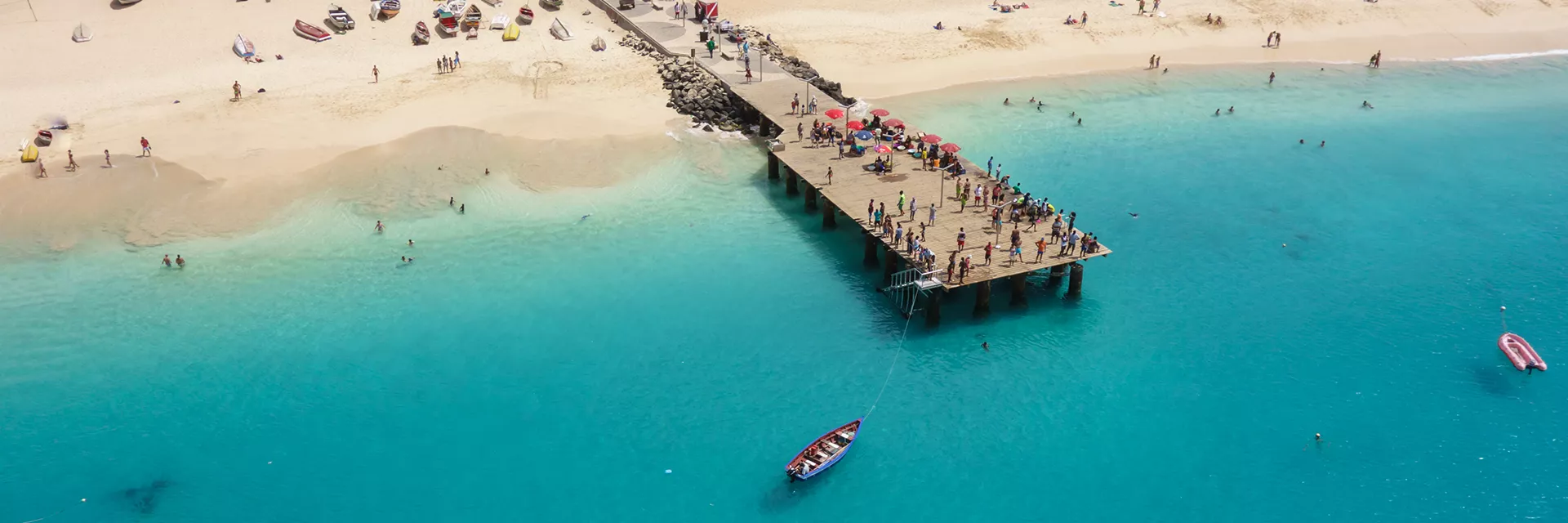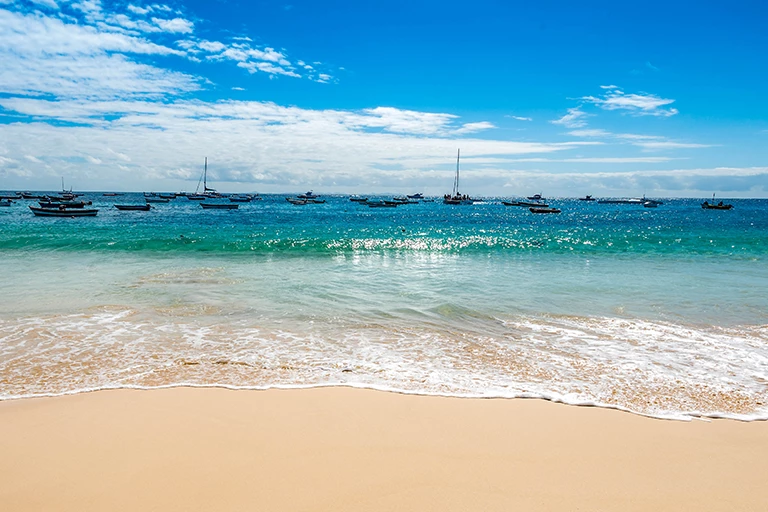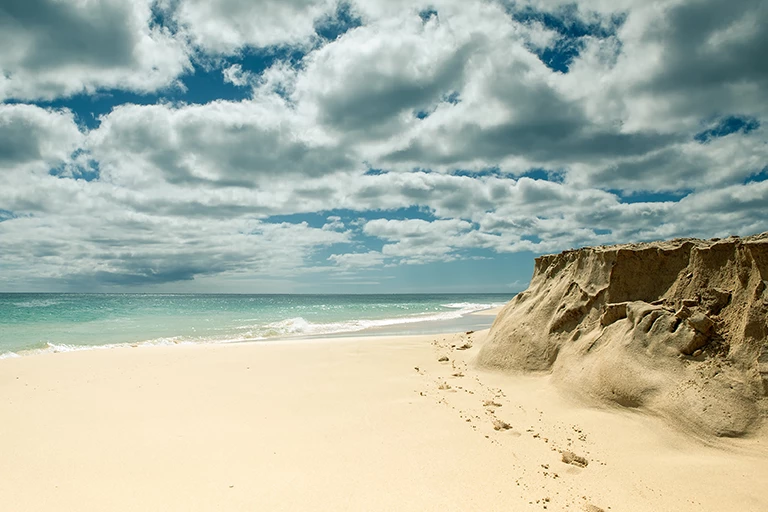Flora
The Cape Verde Islands were initially without any vegetation after their formation by volcanic activity. Many seeds were introduced from West Africa, Latin America, the Mediterranean region and the other Macaronesian islands (Azores, Canaries and Madeira) through the ocean current, by birds, human beings and the wind. Experts estimate that there were about 250 species present when Cape Verde was discovered. Due in part to the efforts of the state forestation programs, which aimed to mitigate soil erosion and regulate the water balance, about 850 species have been counted today.
Pictures of endemic plants of the Cape Verde Islands – click here
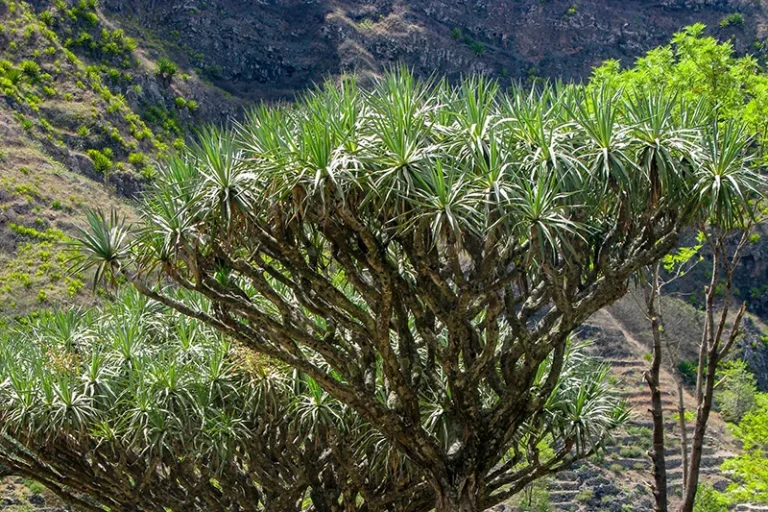
Because of the different types of soil and climatic conditions on Cape Verde, the flora is quite rich in species. The very dry eastern islands, where palm trees and acacias can sometimes also be found on the coasts strips, have many species of grass growing on them. For example, the bush of the purgeira, the purging nut, is considered extremely resistant. In earlier days, they were grown on large plantations in order to use the oil extracted from the nuts for soap, candles or as lubricant for engines.

The scene is somewhat more colourful on the mountainous islands. For example, bananas, mango and citrus trees, sugar cane, the red flowers of the cana and the blue jacaranda-tree blossom, agaves and yellow-red types of roses grow on the steep mountain faces. But you can also find rosemary, lavender and the Cape Verdes houseleek, which blossoms with bright yellow flowers from April to June.
Many plants adapted through the centuries to the conditions on Cape Verde so that completely new species have developed from them, some of which only exist on the archipelago (endemic species). These include the Cape Verde spurge, which can only be found on Santo Antão and São Nicolau, the bitterbrush at the volcano of Fogo, the viper’s bugloss on the southern islands and a species of palm called phoenix atlantica.
In addition, there are various species of trees such as cypress, acacia, mimosa, Canary Island pine and the eucalyptus. Wild aloe vera, which has been used through the years as a natural remedy, grows on the street in many places.









